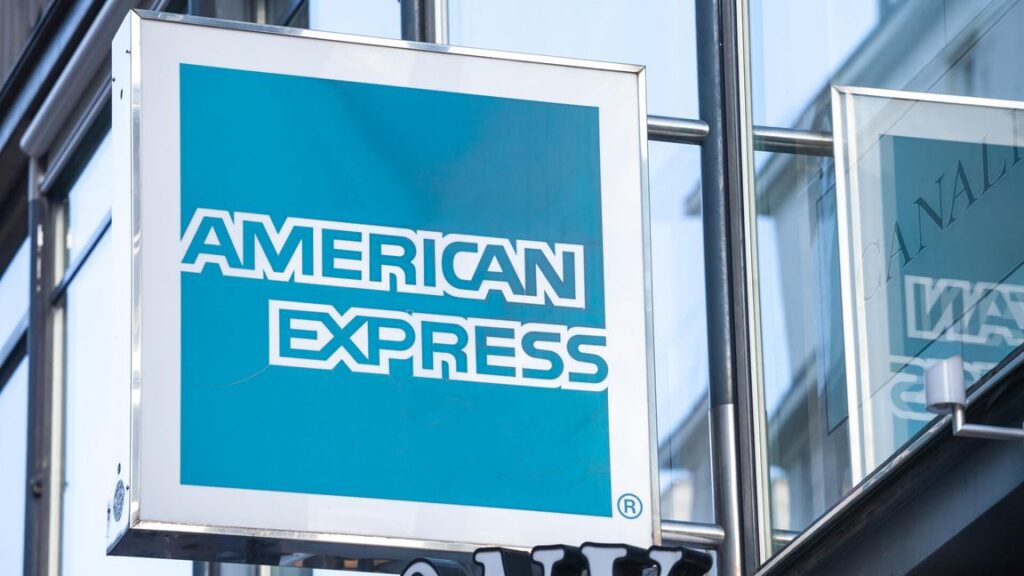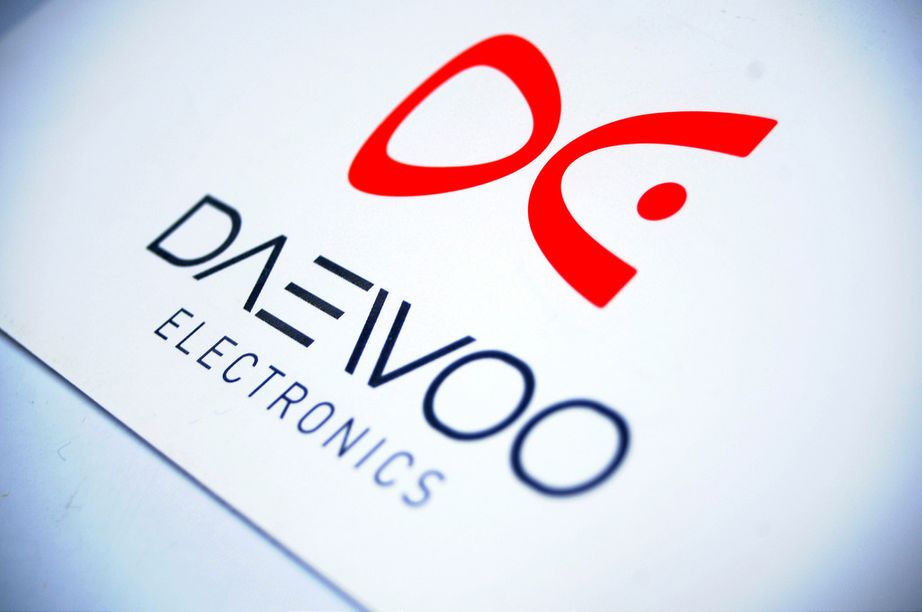Ehpase Energy – A Cutting-Edge Microinverter Manufacturer.
Enphase Energy is an American company that revolutionized the solar business with its cutting-edge microinverter technologies that transform sunlight into a secure, dependable, robust, and sustainable energy source.
About The Company
Founded in 2006, Enphase Energy is a company that sells and manufactures solar microinverters, software for monitoring energy generation, and various energy storage solutions. Its products are mainly designed for residential clients. Headquartered in California, USA, the company’s business was the first to effectively commercialize the micro-inverter, which transforms the electricity produced by a solar panel i.e. direct current, into grid-compatible alternating current. It has installed over 45 million microinverters in more than 2 million homes in more than 135 countries, giving millions of people access to reliable, affordable, clean energy while also generating excellent jobs and a future less dependent on carbon emissions.

History
The majority of solar energy systems require a central inverter to convert the direct current (DC) electricity generated by the panels into grid-compatible alternating current(AC). The panels are connected in a series to form a string. This method’s primary flaw is that the energy output from the panel that performs the worst limits the energy output of the entire string. By converting the DC into AC in a tiny inverter positioned at the back of an individual solar panel, solar micro-inverters solve this issue.
Martin Fornage, the founder of Enphase, became aware of this problem when he noticed the subpar operation of the central inverter of the solar panel on his property. He approached his fellow Current Corporation coworker, Raghu Belur, with the idea of building micro-inverters, and together they founded PVI Solutions. Paul Nahi was appointed s a CEO by the two in 2006, and in 2017 the group established Enphase Energy. In 2008, after successfully securing $6 million in private funding, Enphase introduced the M175, its first microinverter.
In 2020, Enphase held a market share of roughly 48% for residential home installations in the USA, accounting for 72% of the global micro-inverter market. Enphase purchased ClipperCreek, a producer of charging points, in November 2021.
Current Products
Enphase has been selling its “IQ” series micro-inverters since 2017. These devices feature a streamlined wiring arrangement with two conductors (instead of four), which does away with the necessity for a neutral line. The IQ6 was the first to be released, with the earlier M215, M250, and S280 staying in production but being modified to use the updated cabling system. The revised IQ7 series debuted in 2018, and the IQ8 followed in 2021. With the addition of the IQ8, electricity generation can continue during daytime grid disruptions without using batteries. In 2022, the company also launched the IQ Battery, which is a residential energy storage system/device.
CEO – Badri Kothandaraman
Badri Kothandaraman is the current CEO of Enphase Energy. He joined the company in 2017 as its COO and was later appointed as the CEO and President. He has over 21 years of experience in product development and management in the semiconductor sector. He has a B. Tech degree from IIT Madras and also a Master’s degree from U.C Berkeley. Badri’s expertise in his field is evident from the fact that he holds eight patents in the USA.
Founders – Raghu Belur, Martin Fornage
In 2006, Martin and Raghu Belur formed Enphase Energy together. Martin Fornage oversaw technology development at Enphase for the first microinverter system in history. From 2006 to 2019, Martin served as Enphase’s chief technology officer, leading a team that created the cutting-edge technologies essential for upcoming energy systems. On the other hand, Raghu Belur was instrumental in creating Enphase’s most advanced integrated energy system.

I am a law graduate from NLU Lucknow. I have a flair for creative writing and hence in my free time work as a freelance content writer.



